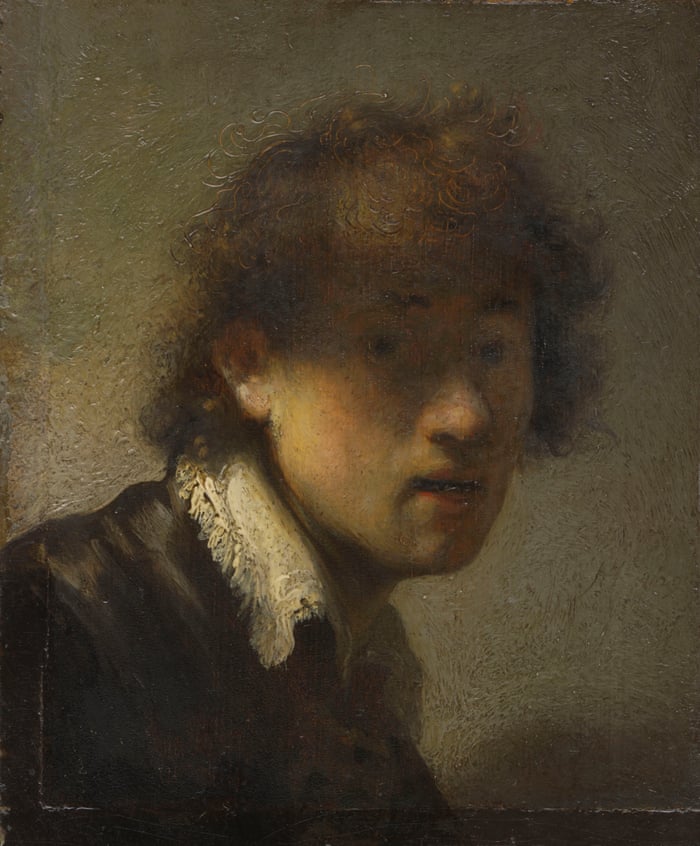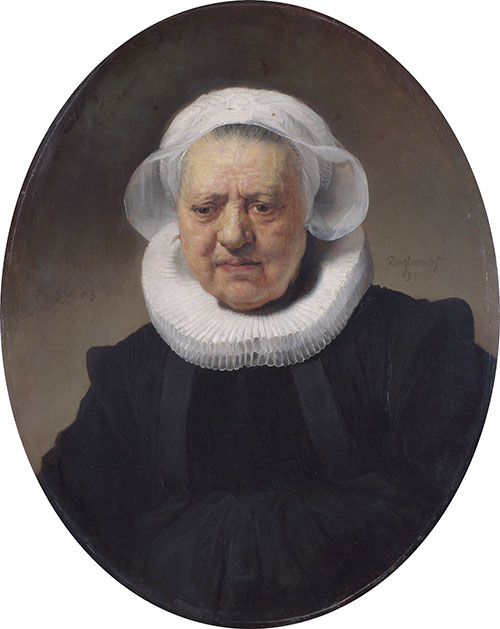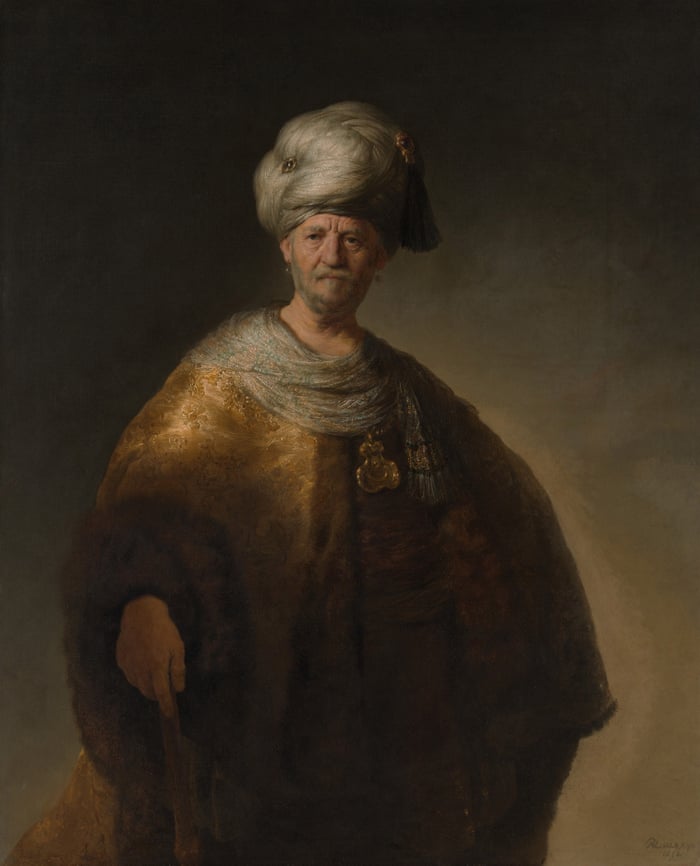Banville, then, on his rejuvenator:
As one contemplates the life and work of Georges Simenon, the question inevitably arises: Was he human? In his energies, creative and erotic, he was certainly extraordinary. He wrote some 400 novels, under a variety of pseudonyms, as well as countless short stories and film scripts, and toward the end of his life, having supposedly given up writing, he dictated thousands of pages of memoirs. He could knock off a novel in a week or 10 days of manic typing — he never revised, as the work sometimes shows — and in Paris in the 1920s he is said to have broken off an affair with Josephine Baker, the expatriate American chanteuse and star of La Revue Nègre, because in the year he was with her, he was so distracted by his passion for her that he had managed to write only three or four books.
He put himself in the way of many such distractions. In 1976, when he was in his 70s, he told his friend Federico Fellini in an interview in L’Express that over the course of his life he had slept with 10,000 women. True, he was an early starter. He lost his virginity at the age of 12 to a girl three years his senior, who got him to change schools so that they could continue to see each other and then promptly threw him over for another sweetheart. Young Georges had received his first lesson in the school of hard knocks.
He was born in Liège, Belgium, in 1903, the son of a kindly but ineffectual accountant and a fearsome mother with whom, throughout her long life, he had an intense love-hate relationship. When he was 16, he left school and went to work as a reporter on the Gazette de Liège, and joined La Caque, a group of young dandies and bohemians under the spiritual leadership of the painter Luc Lafnet. Later, Simenon described the Sunday in June 1919 when he first met Lafnet as “probably one of the most important days of my adolescence.”
La Caque were a wild bunch, indulging in drink, drugs and free love. “We were an elite,” Simenon later wrote. “A little group of geniuses thrown together by chance.” They were also dangerous and, in at least one case, self-destructive. Early one winter morning, after a night of heavy drinking, a member of the group, Joseph Kleine, “le petit Kleine,” a would-be artist and cocaine addict who lived up, or down, to his name, being slight of build and delicate of constitution, was found hanging by his neck from the door of the church of Saint-Pholien in Liège.
Suicide was suspected, or murder made to look like suicide. Next morning, however, the Liège Gazette confidently reported that the young man had killed himself. Many years were to pass before Simenon admitted that he was the author of that convenient report, which appeared before police inquiries had properly begun. “I plead not guilty on our behalf,” Simenon wrote in his memoirs. “Or rather, I plead lack of premeditation. … We did not know the true state of ‘le petit Kleine.’ But in the last resort, wasn’t it us who killed him?”
The image of the hanged man remained a powerful one for Simenon — his second Maigret tale was called Le Pendu de Saint-Pholien — and in one of his finest novels, The Strangers in the House, published in 1940, there is a wild and self-destructive gang of young people, obviously modeled on La Caque, whose escapades culminate in murder. Simenon the novelist knew whereof he wrote.
In 1920, at the age of 17, he published his first novel, Au Pont des Arches, with illustrations by various artists, including his mentor, the slightly satanic Lafnet. A humorous work, Au Pont des Arches enjoyed local success. It had been written under the name Georges Sim, a nom de plume Simenon was to retain for some years, and which he kept even after he had moved to Paris at the age of 20 and seriously got down to the business of making himself into a real writer.
He began to submit stories to Colette, then literary editor of the newspaper Le Matin. She urged him to pare his style to the bone, surely the best advice he ever received, and which he wisely took. He set to writing pulp fiction, in which he was highly successful, churning out books under a couple of dozen pen names. By his middle 20s he was rich, and embarked on a series of travels that would take him throughout Europe and to Africa and, in 1934, all the way ’round the world. It was a pattern of unremitting work and obsessive restlessness that was to endure for most of his life.
In 1923, he married a young painter named Régine Renchon, but the marriage did not last. In New York, just after the war, he met Denyse Ouimet, a French Canadian 17 years his junior, whom he had interviewed for a secretarial job. The couple were married in 1950, in Reno — it was courting disaster, surely, to marry in America’s divorce capital — and moved to Connecticut, where they lived for the next five years. Returning to Europe in 1955, the Simenons settled in Lausanne, Switzerland, in a huge house, Epalinges, which they had designed themselves and which was as ugly and clinically functional as a hospital. As this second marriage disintegrated — Simenon had been carrying on a long affair with a servant in the house — Ouimet floundered into depression. In 1964 she left the antiseptic Epalinges for a real hospital.

Shortly afterward, their troubled daughter Marie-Jo also entered on a course of psychiatric treatment, but to no avail, and in 1978 she killed herself. Marie-Jo had been frankly and hopelessly in love with her father from an early age. However, in a volume of memoirs published in 1981, Simenon blamed Ouimet for the girl’s death. Ouimet had already made her case against her husband in an angry memoir of her own, Un Oiseau pour le chat, published the year their daughter died. It could all have been a plot for one of Simenon’s novels, although he probably would have rejected it as too melodramatic.
Pietr le Letton (1930), the first novel that Simenon published under his own name, introduced his best-known character, the pipe-smoking detective Inspector Maigret. Between 1930 and 1973, when he retired from fiction writing and devoted himself to dictating his memoirs, Simenon produced some 80 Maigret novels. It is on these books that his fame chiefly rests. It is calculated that half a billion “Simenons,” in 50 languages, have been sold; but his finest work is in the romans durs, or “hard” novels, ten of the finest of which have been republished, in new or heavily revised translations, by the New York Review of Books.
Most crime fiction, no matter how “hard-boiled” or bloodily forensic, is essentially sentimental, for most crime writers are disappointed romantics. William T. Vollmann, in an afterword to the NYRB edition of Simenon’s greatest masterpiece, Dirty Snow, contrasts him with Raymond Chandler, whose Philip Marlowe novels, despite their elegance, wit and polished metaphors, seem now distinctly soft-boiled. “Chandler’s novels,” Vollmann writes, “are noir shot through with wistful luminescence; Simenon has concentrated noir into a darkness as solid and heavy as the interior of a dwarf star.” Only Patricia Highsmith approaches Simenon’s ability — indeed, his compulsion — to show the world as it really is, in all its squalor, excitement and contingent cruelty, yet Highsmith’s characters are paper-thin compared to the French master’s vividly multidimensional men and women.
Newcomers to this existentialist Simenon — the Maigret books, while entertaining, are often formulaic and even slapdash — might do well to begin with The Strangers in the House, for it is the quintessential roman dur: direct, spare, sensuously atmospheric, hypnotic in its realism, and honest in a way that few novelists would dare to be. What is written of the events of the narrative might be said of the book itself: “It was because it had all begun with such violence — in mud, blood and vomit — that everything had rushed to a climax.”
The book’s central character is Loursat, a semi-aristocratic small-town lawyer whose wife left him 20 years ago and who has since that time lived the life of a drink-sodden and misanthropic recluse. One winter night, he wakes to the sound of a gunshot from one of the rooms in the rambling old house, and after a search finds lying on a bed a man who has been shot through the neck and who dies at the exact moment of Loursat’s arrival. It turns out that Loursat’s daughter, who lives with him but with whom he has hardly exchanged a word since her mother’s disappearance, has without his knowing it been entertaining nightly a gang of her friends in the attic, one of whom is the murderer.
It is typical of Simenon’s work that the discovery of this secret life that has been going on under his averted nose should bring Loursat out of his 20-year lethargy and fill him with energy and excitement. Henri Cartier-Bresson used to speak of the “decisive moment” when reality is caught in its unguarded essence, and it is on such moments that Simenon builds his fictions. In a passage that not only sums up this particular story but is emblematic of all the romans durs — and which P.D. James singles out in her introduction to the NYRB edition of Strangers — the author describes the passionate longing that suddenly floods Loursat’s hitherto frozen heart:
To discover a new world, new people, new sounds and smells, new thoughts, new feelings, a swarming, writhing world, which had no relation to the epics and tragedies of literature, one that was full of all those mysterious and generally trivial details you don’t find in books — the breath of cold air in a dirty back alley, the loiterer on a street corner, a shop remaining open long after all others had closed, an impatient, highly strung boy waiting all keyed up outside a watchmaker’s for the friend who was going to lead him into a new and unknown future.
Dirty Snow, published eight years after Strangers, is an astonishing work. Signed off at “Tucson (Arizona) 20 March 1948,” it was published that year in France as La Neige était sale. Nasty, brutish and not very long, the book presents a thoroughly Hobbesian view of life on this dwindling planet; here indeed is the war of all against all. It is set in an unnamed European city, most likely Liège, during the German occupation. Over the course of a seemingly interminable winter, Frank Friedmaier, the central character, turns 19. When we first encounter him, he is standing at night in a snow-filled alley with a borrowed knife in his pocket, waiting with grim anticipation to commit his first murder, a Gidean acte gratuit — the gratuitousness of which would surely have shocked Gide.
Frank’s victim is to be a “noncommissioned officer” known as the Eunuch, a member of the occupation forces. Frank has no reason to kill him; it is simply a rite of passage to be performed, a losing of virginity. For Frank, we are told, “it was a question of killing his first man and breaking in Kromer’s Swedish knife.” Frank is driven partly by a determination not to be outdone by his friend Kromer, who has already carried out a particularly grisly killing, described on the second page of the book. The passage is a richly representative example of Simenon’s brisk, sleek and seemingly effortless style, or nonstyle, glassy-eyed in its impassivity and yet thoroughly, horribly compelling.
Coming out of Timo’s bar, Kromer the smalltime hood is confronted by a “skinny little man, pale and feverish,” to whom apparently he sold something unsatisfactory and who now is seeking reparation. The little man grabs Kromer by the collar of his coat and begins yelling at him.
Kromer, in the middle of the dark alley between the two banks of snow, took the cigar from his mouth with his left hand. He punched with his right, just once. Then two arms and two legs were in the air, just like a marionette, and then the black form sank down into the pile of snow along the sidewalk. The strangest thing was that there was an orange peel beside the head — something you probably wouldn’t see anywhere in town except in front of Timo’s.
Timo came out without his overcoat or cap, dressed just as he had been at the bar. He poked the marionette and stuck out his lower lip.
“He’s had it,” he growled. “In an hour he’ll be stiff.”
The focus of the entire scene is, of course, that piece of orange peel.
Frank lives with his mother, Lotte, who runs a brothel in their apartment. He does not know the identity of his father but suspects that it is the police inspector, Hamling, a frequent visitor who acts, it is implied, as Lotte’s protector in these dangerous times. But Frank has fixed on another and far more preferred father figure, Holst, his neighbor in the apartment building, an intellectual out of favor with the authorities, who has been forced to take a job as a streetcar conductor.
Holst makes only the most fleeting of appearances in the book, yet for Frank he is a presiding deity, at once remote and fascinating, an object almost of veneration. Holst passes by as Frank waits in the alley to commit his murder, and Frank wishes the older man might pause for a moment and “see the thing done,” for it seems to him that there is already a secret bond between the two of them, that “it was really as though he had just chosen Holst, as though he had always known that things would turn out this way, because he wouldn’t have done it for anyone but the streetcar conductor.”

Holst has a daughter, the innocent and pure-hearted Sissy, who falls in love with Frank, and whose love Frank repays by tricking her into sacrificing her virginity not to him, as she believes, but to Kromer, with whom he switches places in a darkened bedroom. Discovering how she has been betrayed, Sissy flees the house and almost perishes in the snow. Meanwhile, Frank has killed again, in the course of robbing a cache of antique watches, which will be sold to a German officer.
Frank is at last picked up by the authorities, not for the killings he has committed, about which nobody seems to care in the least, but because of his tenuous connection with the German officer, who, it turns out, has paid for the watches with money stolen from official sources; Frank is suspect also due to the fact that one of the girls working for his mother is found to be a member of the resistance on the run.
These details are of scant interest to Frank. In imprisonment, interrogation and torture, he has found a sort of holy task, a ritualized process of atonement and even — although neither he nor Simenon would dream of using the word — redemption. As the days and weeks of his incarceration go on, he descends deep into himself. It is an existential journey, and along the way he comes to understand himself and the impossible predicament in which he is caught — not the predicament of being a prisoner but, on the contrary, of being free, the most burdensome state of all.
At the end, Holst and Sissy are allowed to visit him, perhaps in a devilish strategy to get him to confess. Sissy tells him, to his astonishment and joy, that she still loves him, but almost more important than her declaration of forgiveness is the moment when Holst “laid his hand on Frank’s shoulder exactly as Frank had always known a father would.” After that, death for Frank is a mere incidental, a supererogatory closure to a life already completed.
What Frank wants, as Vollmann points out, is to be known: “He scarcely knows himself, or anything else worth knowing. But if he can somehow stand revealed to the gaze of the Other, then maybe he will achieve some sort of realization.” What makes the book so harrowing, however, is that at the culmination of this search for authenticity, despite Holst’s paternal gesture and Sissy’s vow of love — Vollmann suggests, and surely he is right, that the prison visit by Holst and Sissy is the one false note in the book — what Frank discovers is that even authenticity itself is no great thing.
Unlike Joyce, who boasted of being nowhere to be found in his work yet is everywhere plain to see in it, Simenon really does manage to seem a disinterested observer, standing apart from the world he created, paring his fingernails. Still, in the atmosphere of Dirty Snow, sweaty and soiled and rife with insinuation, we might be permitted to detect a hint of the mauvaise conscience of a writer who lived in France contentedly enough through the occupation and at the war’s end found himself accused of collaboration, so that, although the collaboration charges were eventually dropped, he had to flee to Canada, later moving to the United States.
In Three Bedrooms in Manhattan, first published in 1946, the protagonist, François Combe, a famous Parisian actor in his late 40s, who has fled to America after a scandalous and shaming breakup with his actress wife, is a scarcely disguised self-portrait. In a Manhattan bar, Combe encounters Kay Miller, a Viennese expatriate living in America pretty much by her wits, and falls for her, altogether despite himself. Miller for her part is undoubtedly a portrait of Denyse Ouimet.
Through the bars and the night streets of the city, and the three bedrooms of the title — the first is in a cheap hotel, the second is Combe’s rented bolthole, the third is Miller’s room in her shared apartment — the two stumble, through serious emotional obstacles, including Combe’s violent jealousy and Miller’s emotional fecklessness, into a love that seems to leave Combe as much dismayed as happy. In her NYRB introduction, Joyce Carol Oates accepts the book as a fictionalized memoir and sees Simenon, “master of irony … overcome by wonder at what is happening to him, succumbing to romantic infatuation in jaded middle age.”
The urge to flee life’s embroilments and disappear into anonymity, common to many men and at least to some women, is an obsessively recurring theme in Simenon’s work. Nowhere is it worked out more neatly or more persuasively than in Monsieur Monde Vanishes. Norbert Monde — Simenon has a wonderful way with names — is a cautiously successful Parisian businessman running the brokerage and export firm founded by his grandfather. On the morning of his 48th birthday — the same age, not incidentally, as François Combe in Three Bedrooms, and as the writer himself just after his marriage to Denyse Ouimet —Monsieur Monde has his barber shave off his moustache, withdraws 300,000 francs from his bank account, exchanges his tailor-made suit for an anonymous secondhand outfit and walks out of his life without a word to anyone.
Monde’s flight is not provoked by any grand crisis, though it is true that his work has ceased to engage him, and his relations with his family are troubled. When he leaves it all behind, he does not run so much as drift, “following a preordained plan, for which he was not responsible.” He takes a train for Marseilles and checks into a featureless hotel, and in the morning half-wakes to find himself in tears, an “endless flow from some deep spring,” and speaking to himself without moving his lips: “He was telling of his infinite aching weariness, which was due not to his journey in a train but to his long journey as a man.”
The state into which Monde has fallen, or to which he has risen, is at once numbed and ecstatic. “He was lucid, not with an everyday lucidity, the sort one finds acceptable, but on the contrary the sort of which one subsequently feels ashamed, perhaps because it confers on supposedly commonplace things the grandeur ascribed to them by poetry and religion.” The insinuation of shame here, utterly unexpected, utterly right, is pure Simenon.
In Marseilles, Monde takes up with Julie, a nightclub performer — “her lips stained the pallid tip of a cigarette with a vivid pink that was more sensuously feminine than a woman’s blood” — and they travel together to Nice. No sooner have they arrived in that city than all of Monde’s money is stolen. The ever-resourceful Julie at once finds jobs for them both at the Monico, a nightclub and run-down casino.
It is at the Monico that Monde re-encounters his first wife, Thérèse, whom he has not seen for 18 years. She is, or was, a nymphomaniac who kept obscene photographs in a secret drawer in her desk and “who had sought out their chauffeur in his attic bedroom and who, when he drove her into town, had him stop in front of dubious apartment houses.” Now fallen on hard times, and a drug addict, she is acting as companion to a rich old lady known as the Empress, an habitué of the Monico.
When the Empress unexpectedly dies, Monde is compelled to take responsibility for Thérèse. He returns with her to Paris, installs her in an apartment in the suburbs, instructs a doctor friend of his to supply her with whatever amounts of morphine she requires, and washes his hands of her. Then he calmly walks back into his old life, to the consternation of his wife, who, during his absence, had been happily settling into the position of rich widow.
She felt impelled to remark: “You haven’t changed.”
He replied, with that composure which he had brought back with him, and under which could be glimpsed a terrifying abyss: “Yes, I have.”
That was all. He was relaxed. He was part of life, as flexible and fluid as life itself.
These romans durs — other NYRB reissues include the insouciantly gruesome The Man Who Watched Trains Go By, another tale of a husband on the run; Tropic Moon, a frightening study of lust and violence in the Belgian Congo; and Red Lights, a subversively straightforward story of American life involving alcoholism, marital disharmony and violent rape — are superb and polished works of art masquerading as pulp fiction. Gide, who admired Simenon, felt that he had not achieved his full potential as an artist, which may be true: If he had tackled his obsessiveness and found a way of slowing himself down, he might have written the leisurely and long-fermented work that Gide apparently expected of him. But that book would not have been a “Simenon,” and it is in the “Simenons,” surely, that Simenon displayed his prodigious and protean genius.
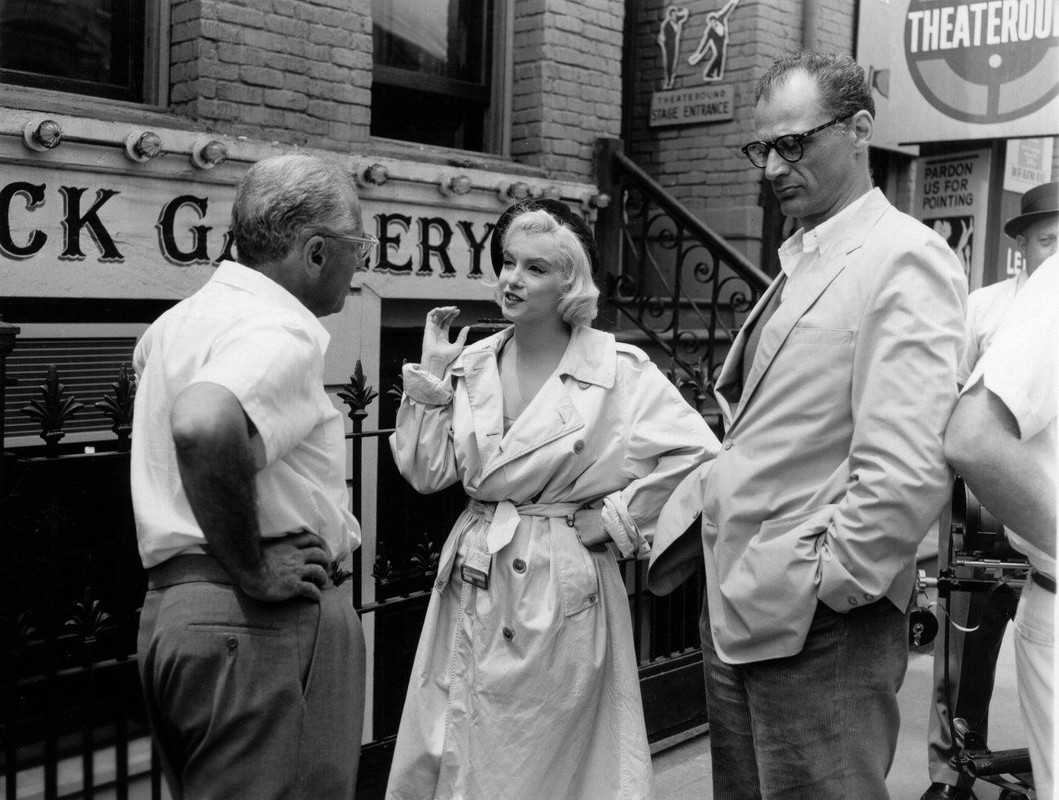
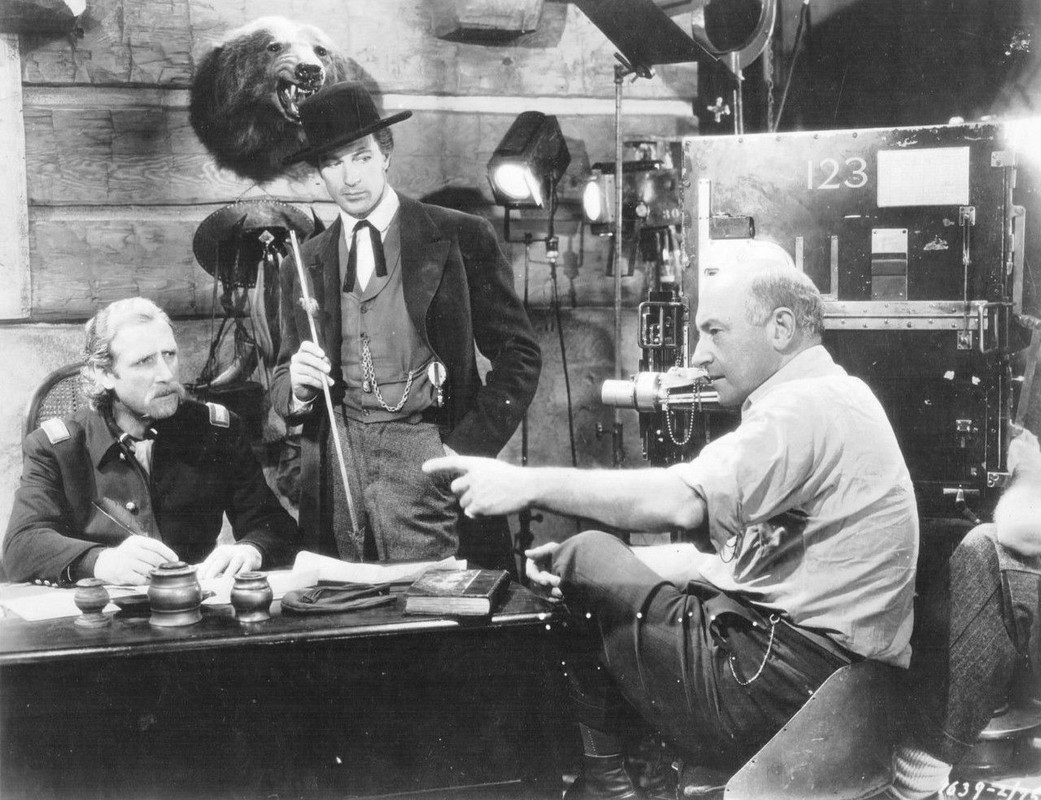
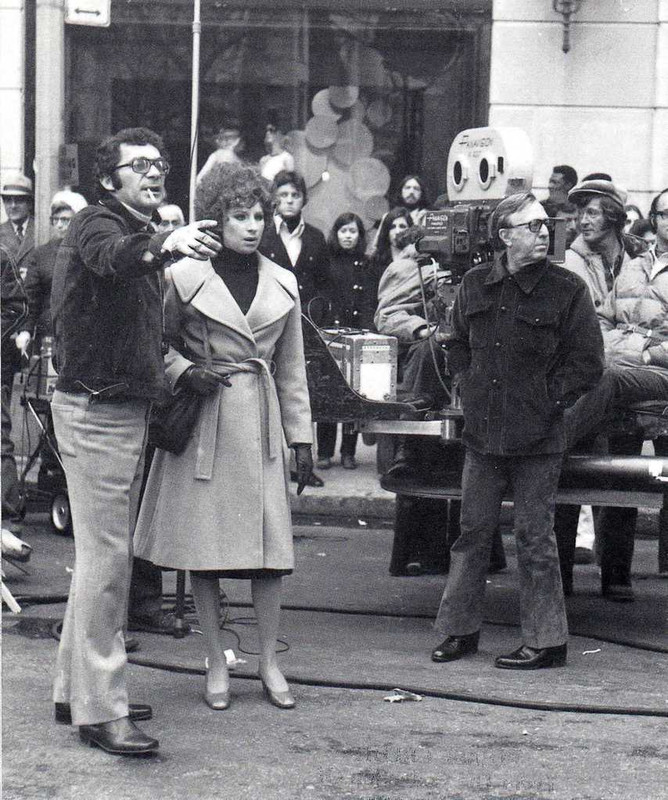

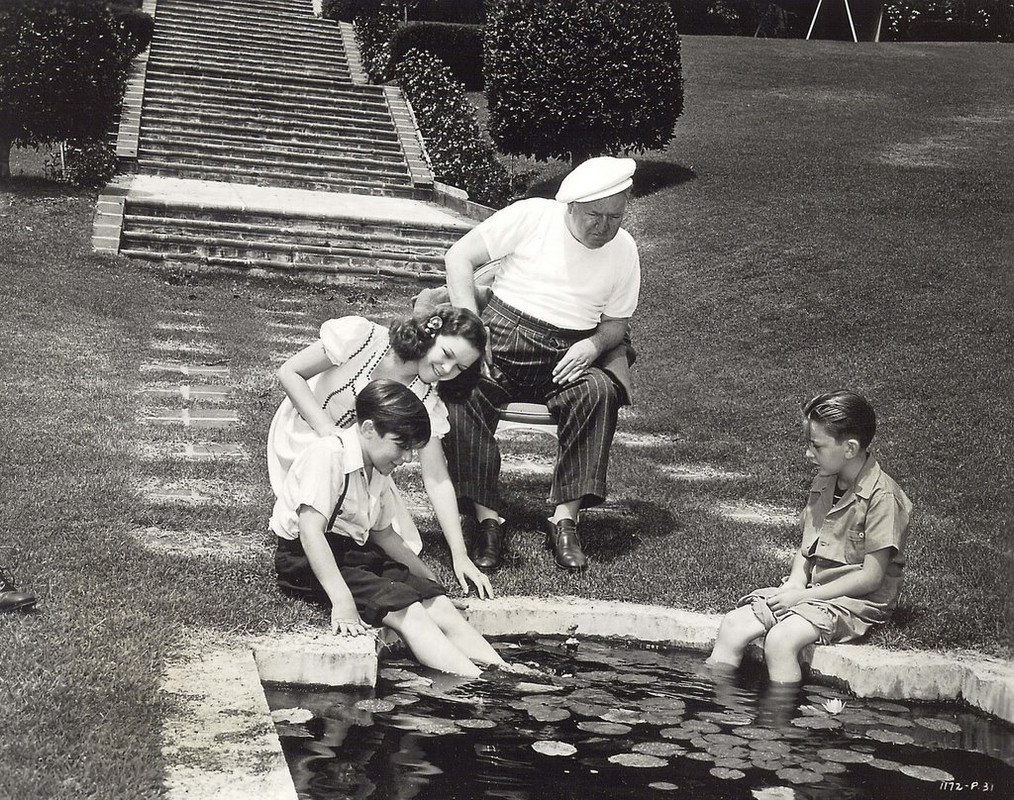


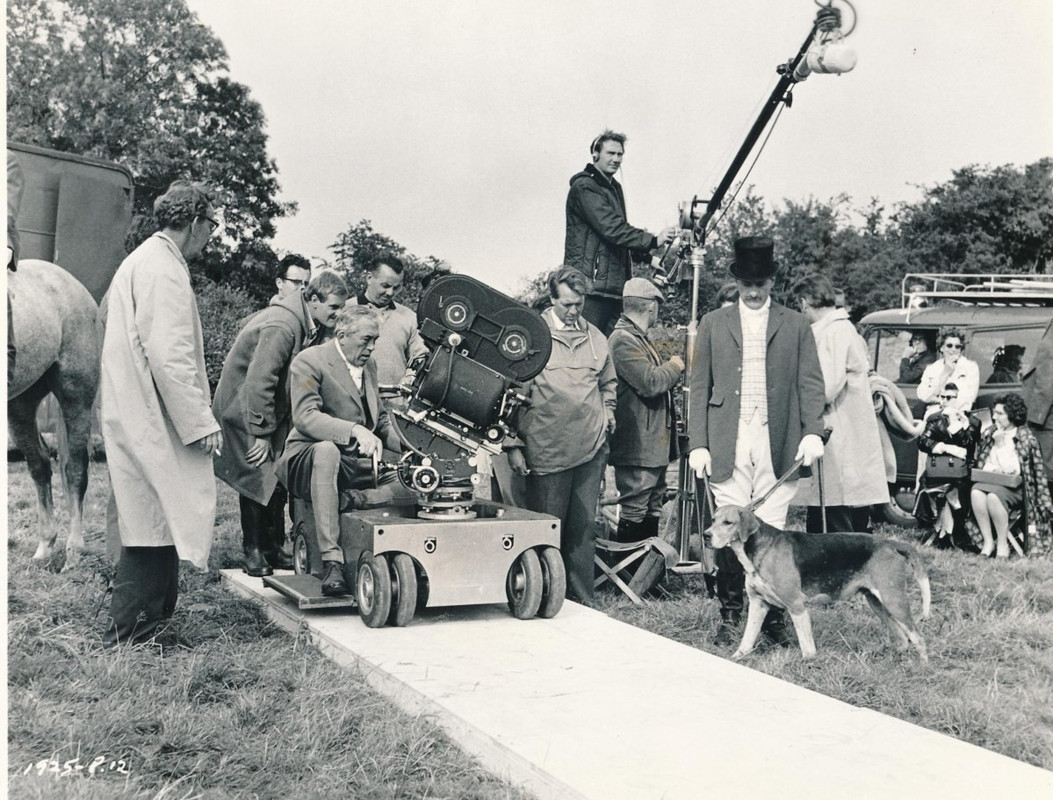
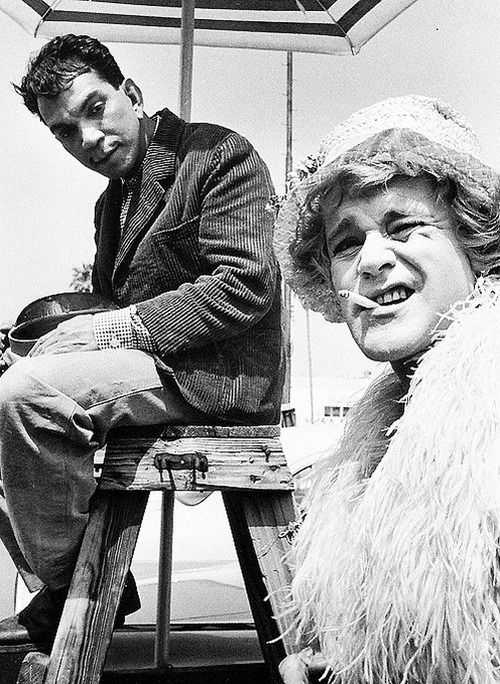

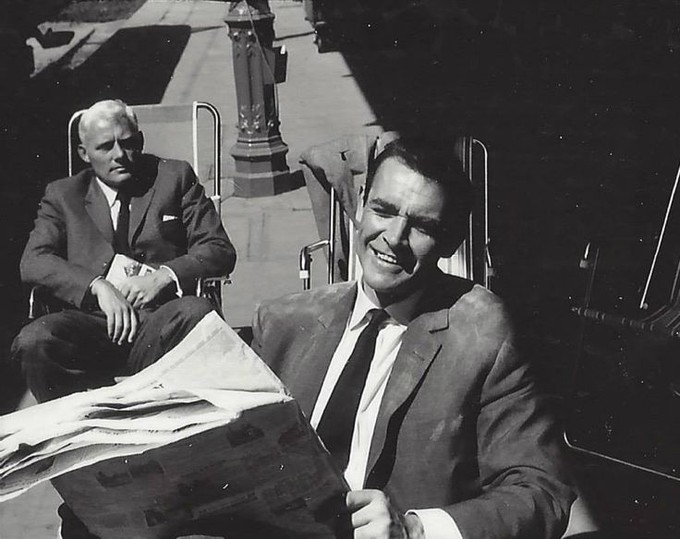





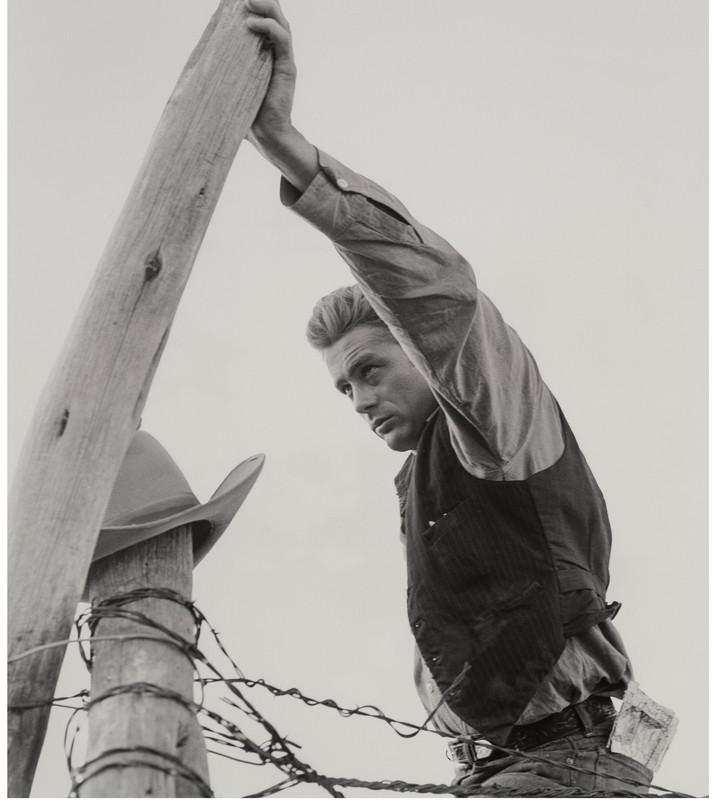


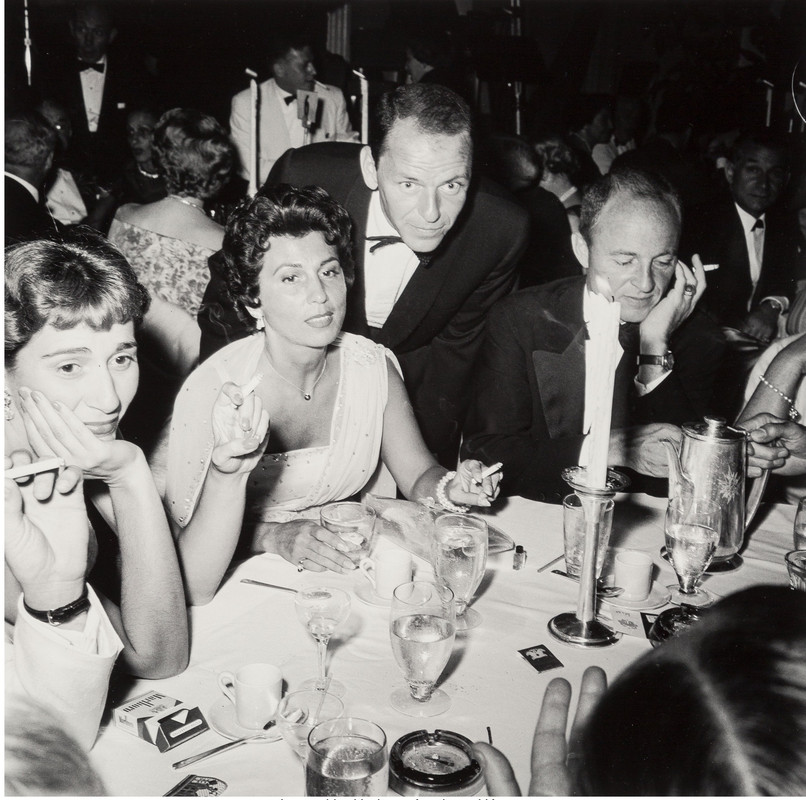

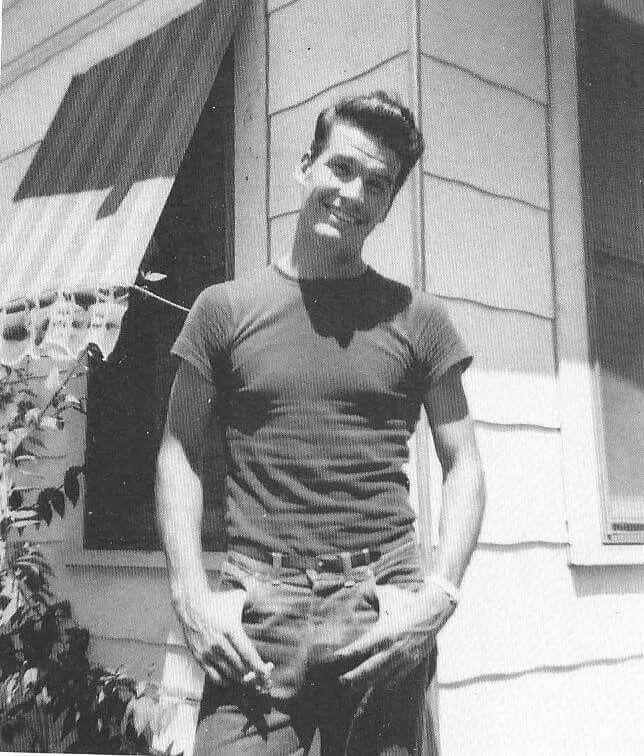
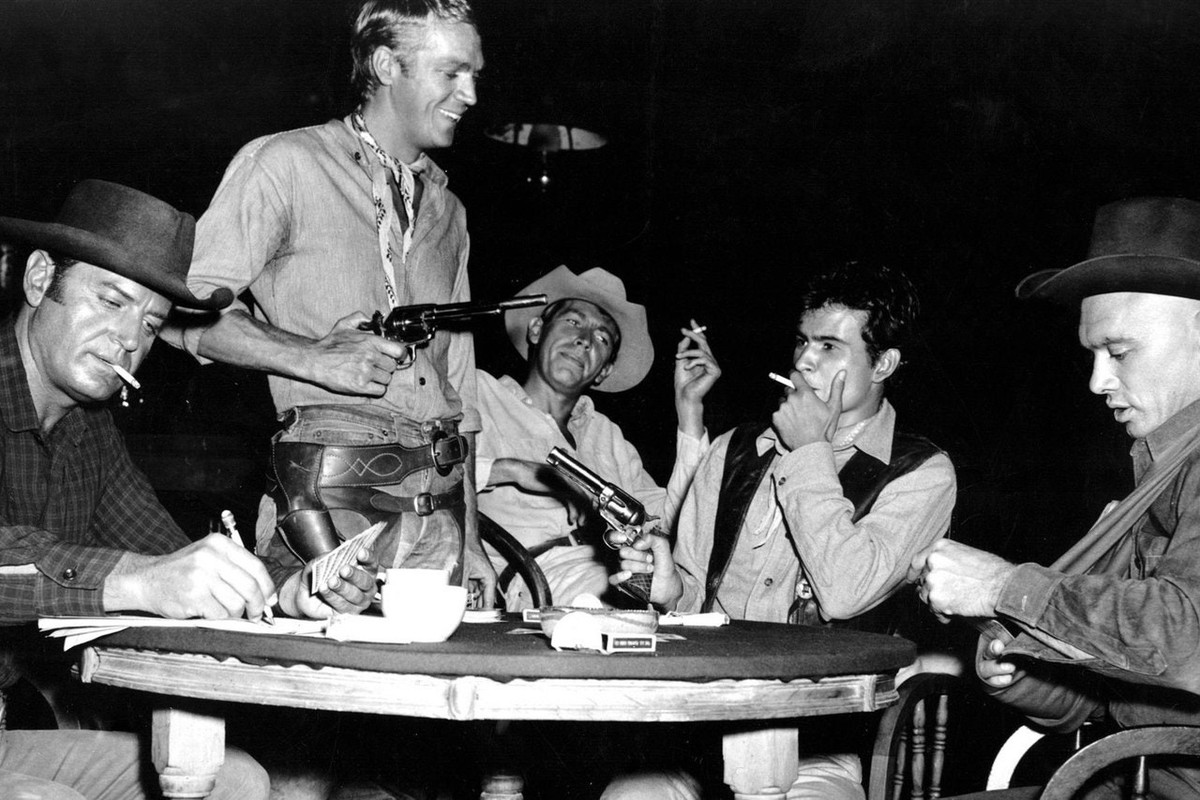

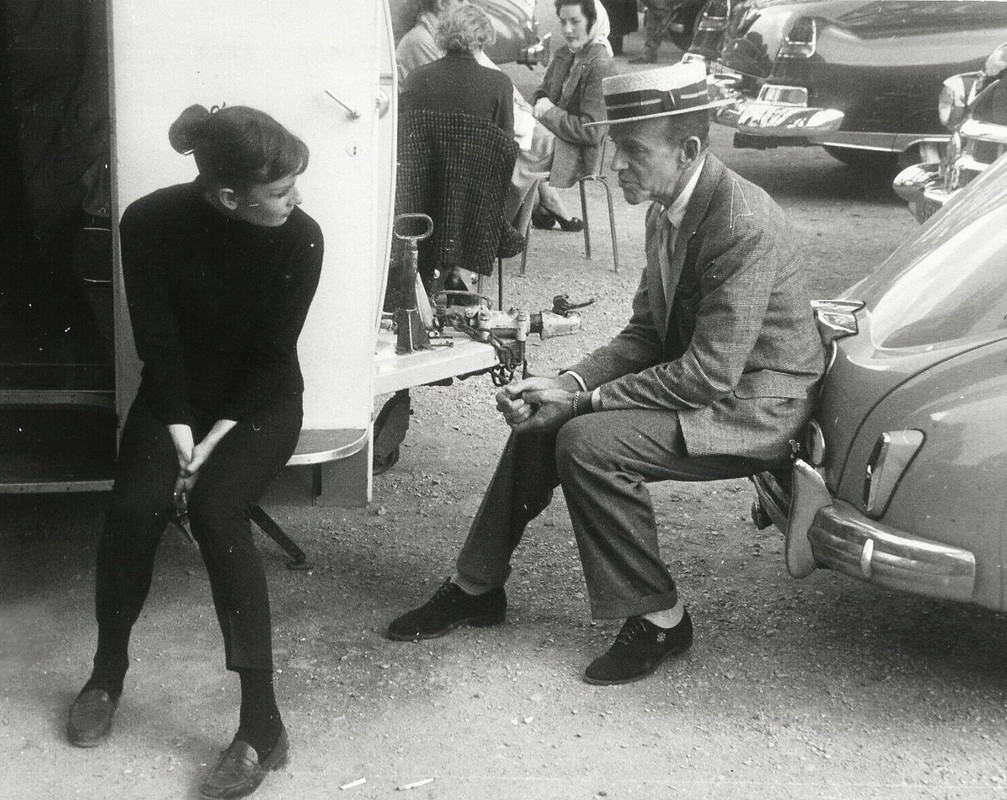

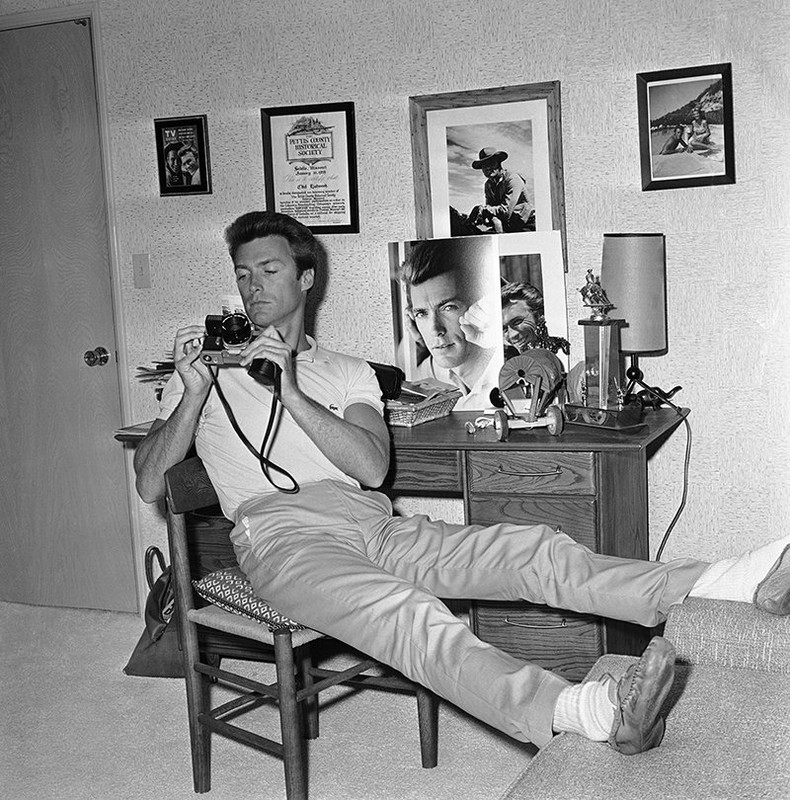


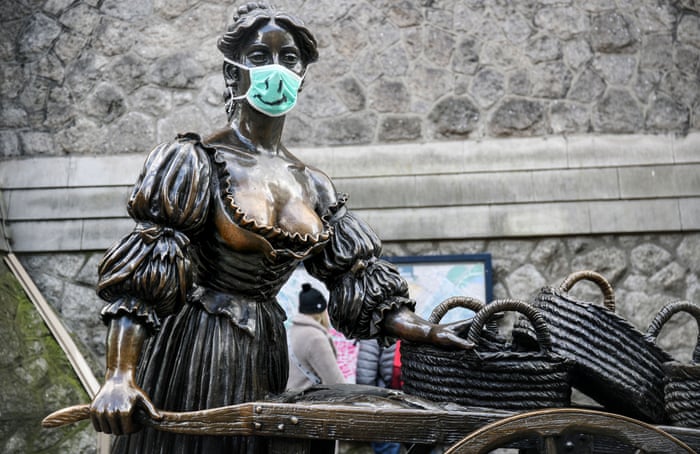

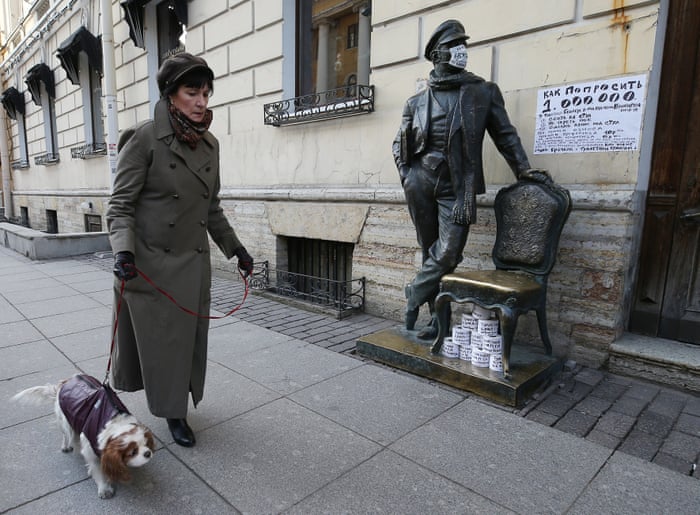
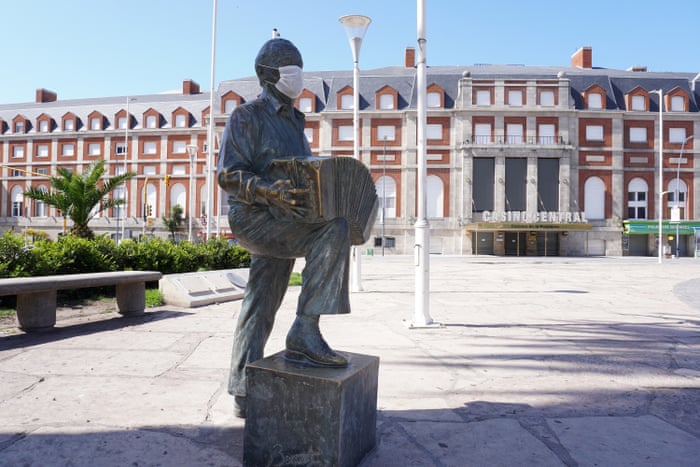

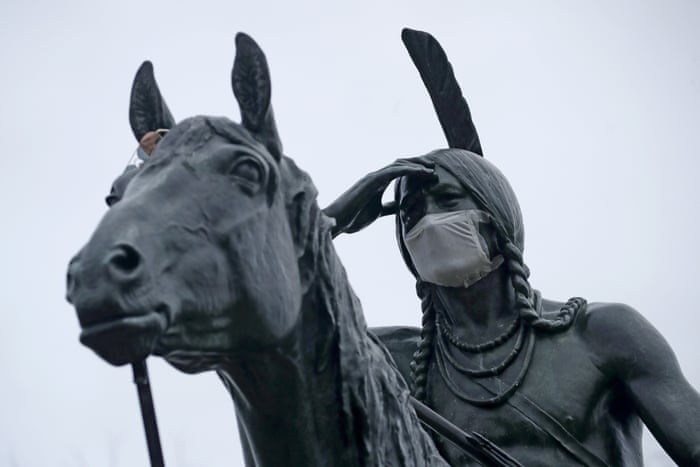


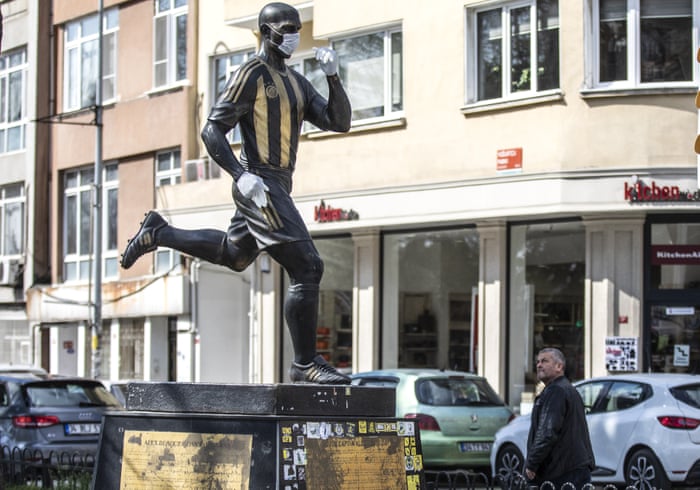
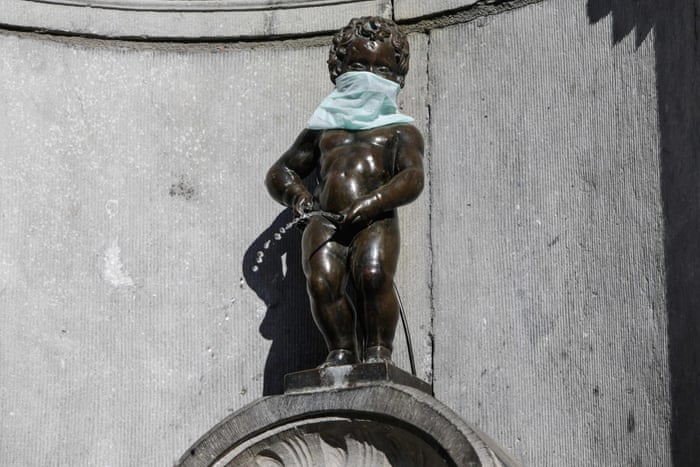
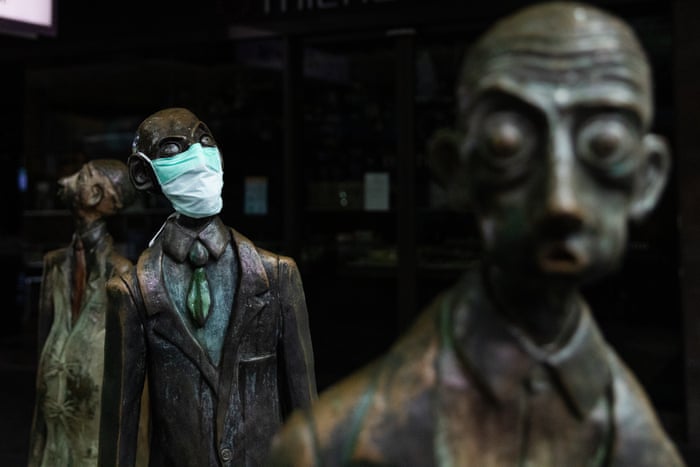
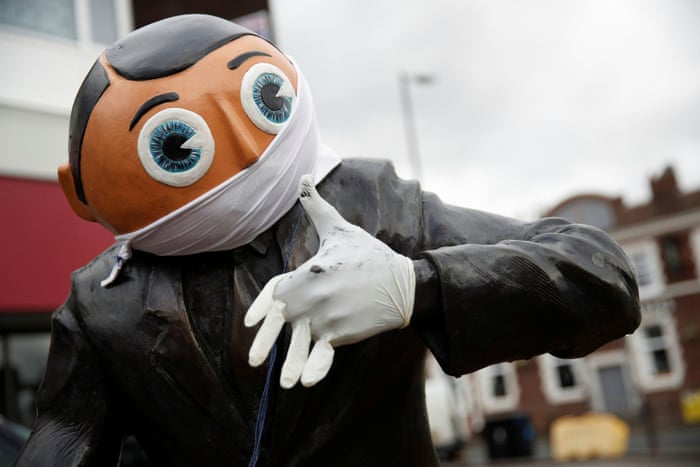
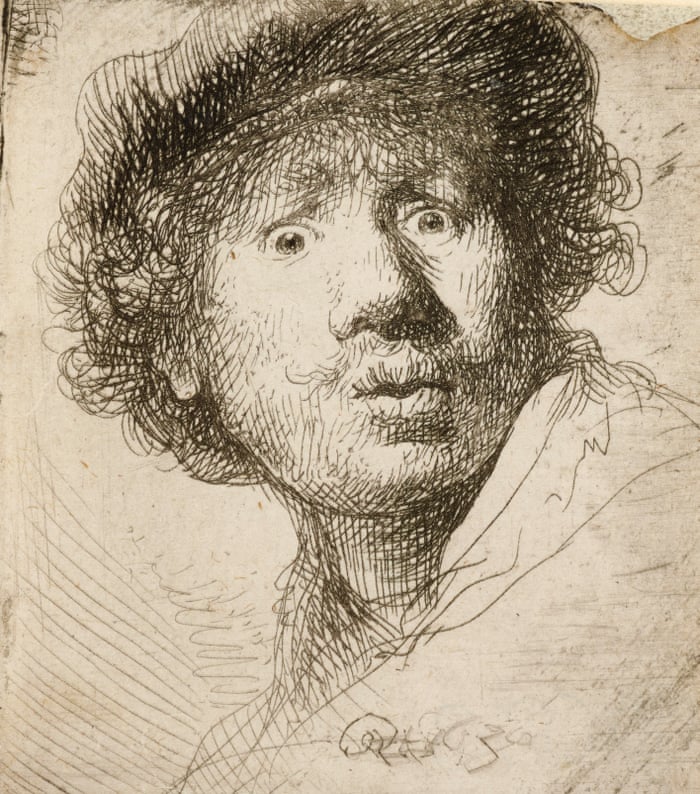

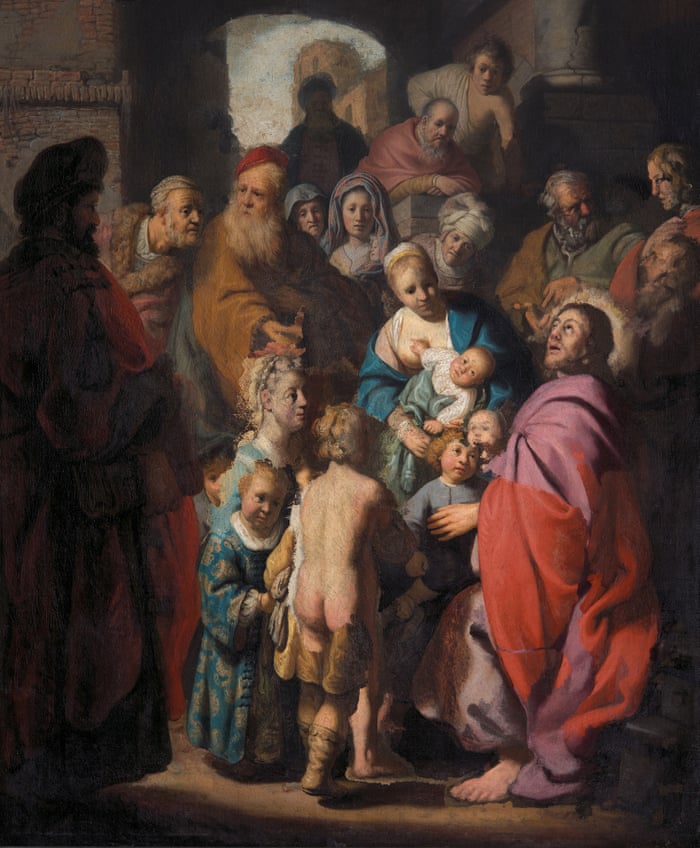
![Rembrandt - Samson and Delilah [1628] | Rembrandt paintings ...](https://i.pinimg.com/originals/15/09/75/1509751be012537125f5d87b41dd3cd4.jpg)
